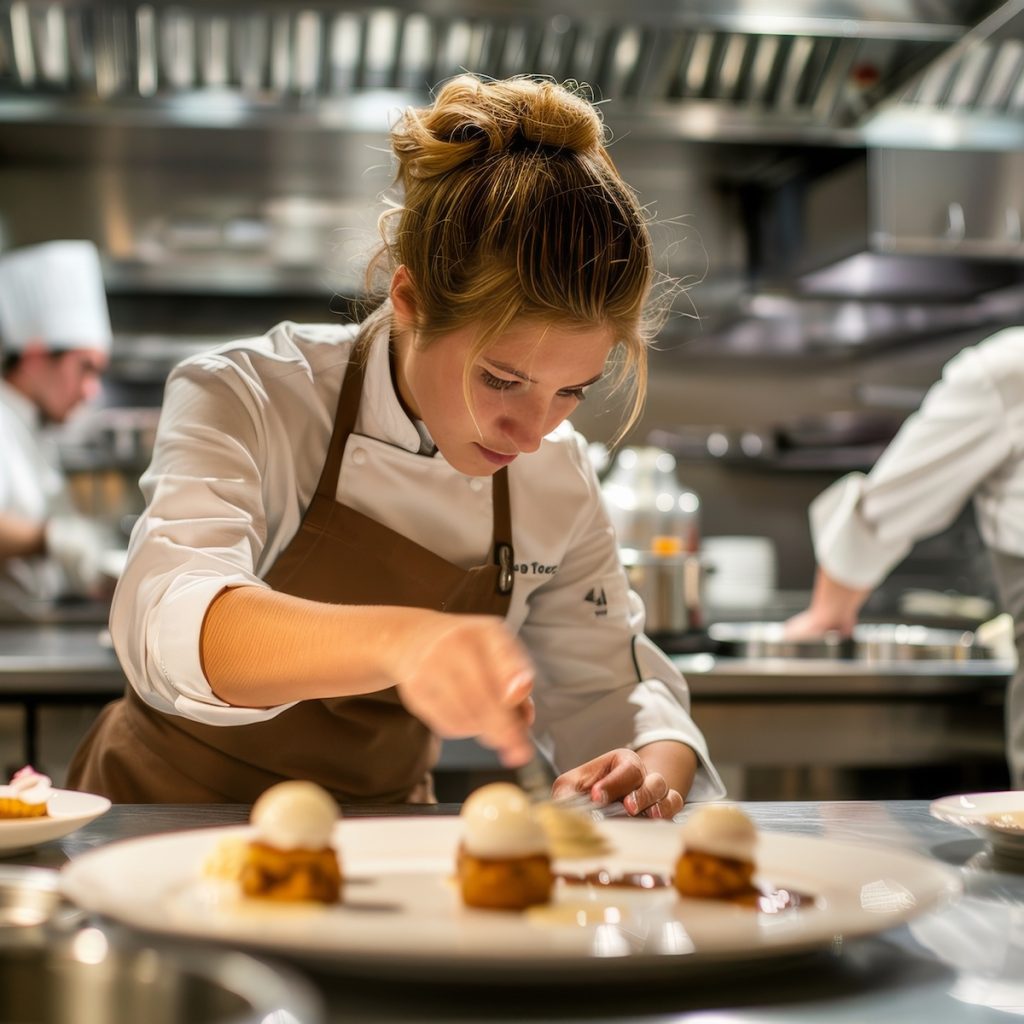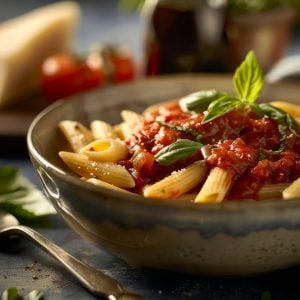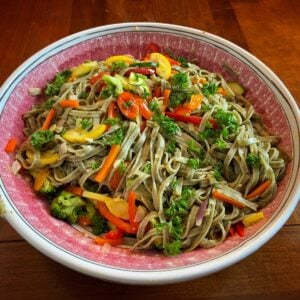Are The Culinary Arts More Science or Art?
Culinary arts blend creativity and precision, sparking an ongoing debate about whether they lean more toward science or art. On one hand, cooking involves artistic expression—designing flavors, presenting dishes, and experimenting with textures. Chefs are like artists, using ingredients as their medium to create visually stunning and delicious experiences.
On the other hand, the science behind cooking must be addressed. The chemical reactions, temperature control, and biological processes are essential in transforming raw ingredients into meals. Understanding how heat affects proteins or how emulsification works adds a layer of technique that requires knowledge and precision.
This post will explore both sides, analyzing how the artistry of culinary creation meets the scientific principles that govern it. We’ll dive into the processes that make cooking both an artistic and scientific endeavor, from the creative use of ingredients to the exact measurements that ensure success.
Whether you view cooking as more of an art form or a science, both aspects play critical roles in every dish. The balance between the two shapes the meals we enjoy, making culinary arts a dynamic and multifaceted field.
The Science View
From a scientific perspective, culinary arts are deeply rooted in the principles of chemistry, biology, and physics. Every aspect of cooking, from the way heat transforms ingredients to the chemical reactions that take place, involves scientific concepts.
For example, when you sear meat, the Maillard reaction occurs—an intricate chemical process that creates the rich, brown crust and complex flavors. Understanding the science behind this reaction allows chefs to control flavor development precisely.
Similarly, temperature plays a crucial role in cooking: knowing the exact temperature at which proteins denature or how sugars caramelize can differentiate between a perfectly cooked steak or a burnt one.
In addition to chemistry, biology impacts many aspects of cooking, particularly fermentation, preservation, and food safety. Yeast, bacteria, and enzymes all play key roles in the development of textures and flavors in bread, cheese, and fermented foods. The precise balance of microbial activity is vital for achieving desired outcomes.
Physics also governs how heat is transferred through food. Whether grilling, steaming, or baking, understanding how heat moves and how different materials conduct it ensures the correct cooking times and temperatures. When viewed through a scientific lens, cooking is about mastering these principles to achieve the best results.
The Artistic View
From an artistic perspective, culinary arts are a form of self-expression and creativity. Chefs are like painters, using ingredients as their palette to craft dishes that stimulate all the senses.
The visual appeal of a dish is as important as its taste, and plating becomes an art form. The arrangement of colors, textures, and shapes on the plate can transform a simple meal into a visually stunning experience. Chefs experiment with the balance of elements, creating aesthetically pleasing and harmonious compositions.
Flavor combinations also play a key role in the artistry of cooking. Just as a musician arranges notes to create melody, chefs blend spices, herbs, and other ingredients to create complex flavor profiles. The ability to match sweet with savory, contrast textures, or evoke emotions through a taste experience elevates cooking to art. It requires intuition, personal style, and the freedom to break conventional boundaries.
Furthermore, cooking is a performance—a live demonstration of skill, timing, and creativity. Each dish expresses the chef’s personality, culture, and inspiration, with the potential to tell a story. In this sense, culinary arts are about more than just food; they are about crafting an experience that resonates with the diner on a deeper level.
Conclusion
The culinary arts are both a science and an art, with each aspect enhancing the other. The science behind cooking ensures that ingredients react and transform precisely, while the artistic side allows chefs to experiment, express creativity, and craft an experience that delights the senses.
Cooking is not just about following a recipe; it’s about understanding the principles that govern food and using that knowledge to create something unique and inspiring. Whether it’s the careful control of heat, the careful selection of flavors, or the thoughtful presentation, both the science and the artistry of culinary creation come together to form the rich, multifaceted field we know as cooking.
Understanding both aspects allows chefs to elevate their craft and push the boundaries of what food can be, making the culinary arts a dynamic blend of creativity, technique, and innovation.







